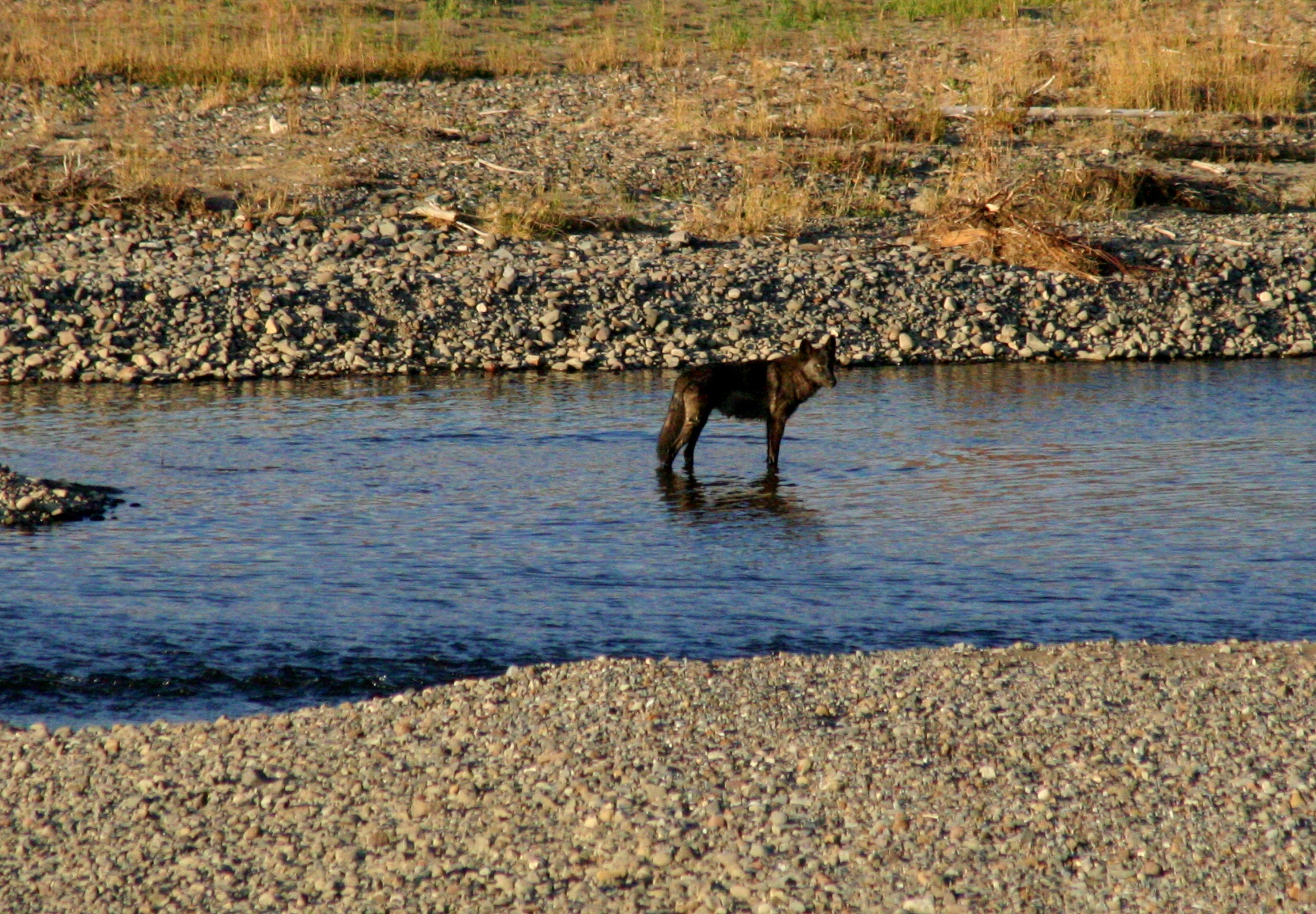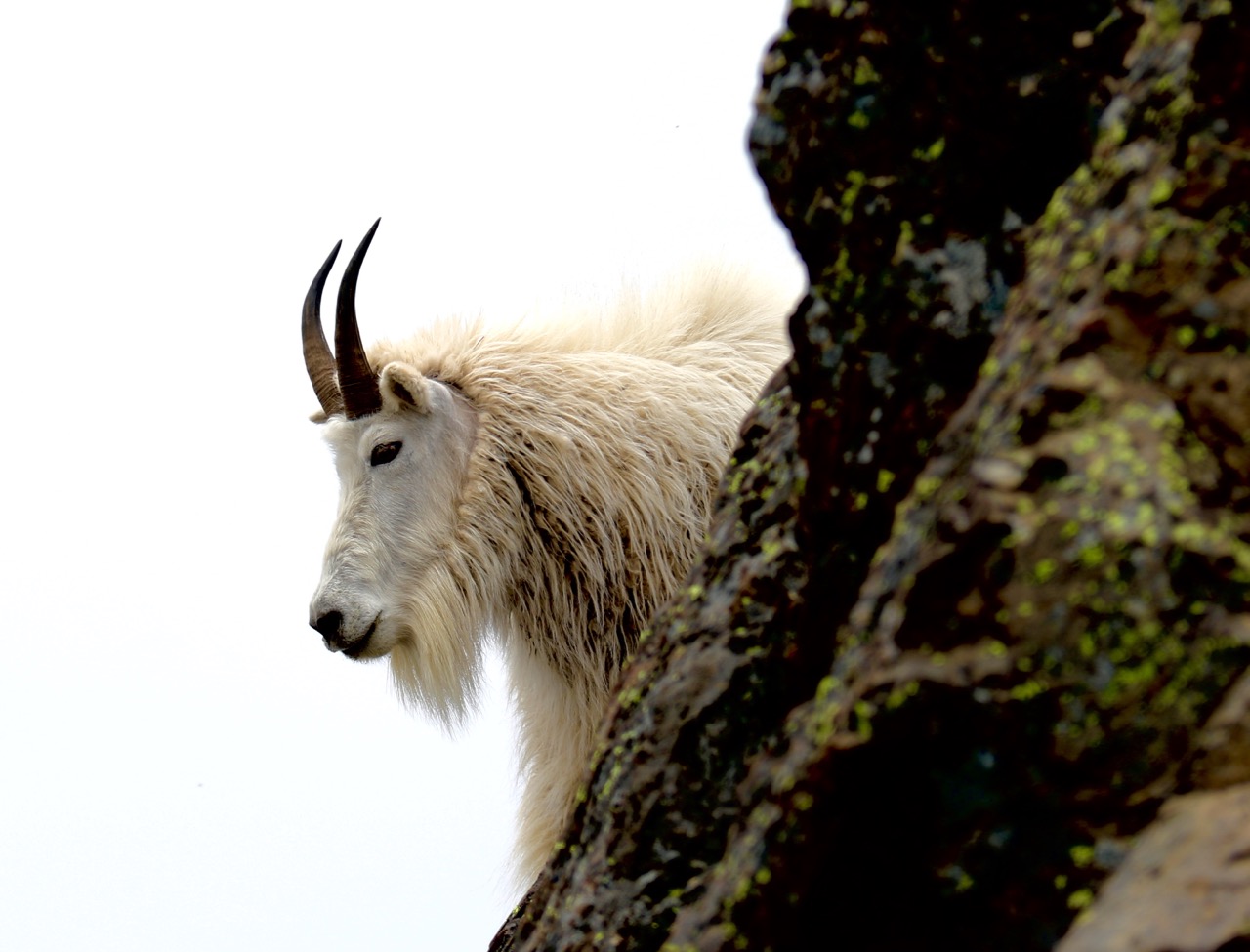The most polluted wild bird in the world has been found, and it wasn’t found where most would think. In the majestic town of Vancouver British Columbia, the mountains meet the sea in one of the most beautiful settings for a city in the world. Known for being an environmentally sound region, the news of a cooper hawk has been found with a level of fire retardant chemicals in its system that it is fireproof.
The bird, a Coopers Hawk, was discovered by a team of Canadian researchers who collect injured and dead birds around the region to test them for levels of pollution. Testing the Cooper’s Hawk’s liver, the hawk was found to have a higher level of PBDEs than those found in the smoggiest of areas of California or an electronic waste site in China.
PBDEs are used in flame retardant, as well as a wide array of products, including building materials, electronics, furnishings, motor vehicles, airplanes, plastics, polyurethane foams, and textiles.
Birds are prey are studied, not just to trace where higher levels of PBDEs are located, but to also analyzed the long tern impact of PBDEs on humans. Exposure to PBDEs in humans is known to create serious, lifelong problems with estrogen and thyroid development. Other studies suggest that prenatal exposure to PBDEs can lead to other developmental effects, including lower verbal and IQ scores.
McGill’s Department of Natural Resource Sciences, Prof. Kyle Elliott, is one of the authors of the study which was recently published in the journal Science of the Total Environment. In a press release from McGill University, he explains why Vancouver hawks in the greater Vancouver area have such a high level of chemicals in their systems.
”Many animals, including coyotes, eagles and hawks benefit from the excess food in our cities. A downside is the high levels of pollution,” Professor Elliot explained. “The levels of flame retardants in starlings, a favourite prey of hawks, which nested near the landfill site were fifteen times higher than levels in starlings found elsewhere in Vancouver.”
“We were surprised to see such high levels of contaminants in what I think of as ‘green’ city,” continued Prof. Elliott. “We can only hope that because many forms of PBDEs have now been banned and the levels of these contaminants are rapidly disappearing from herons and cormorants in Vancouver, the same will be true for other bird species.”
Banned by the Canadian Government in the 2000s, and partially banned by the European Union in 2009, the United States still allows some PBDEs to be used in all states but Washington, directly to the south of British Columbia, Canada. California has serious regulations on PBDEs, and Maine’s Department of Environmental Protection said they should be banned. The rest of America has banned a few types of PBDEs as well, but still remain mostly silent on this issue, despite the known health and environmental concerns.
The levels of PBDE in hawks around Vancouver, BC may be bad now, but that will hopefully change with the reduction of PBDEs in the country. While that is good news for our neighbours to the north, Americans need to become aware of this issue before our hawks, and humans are over-exposed to these nasty chemicals.



